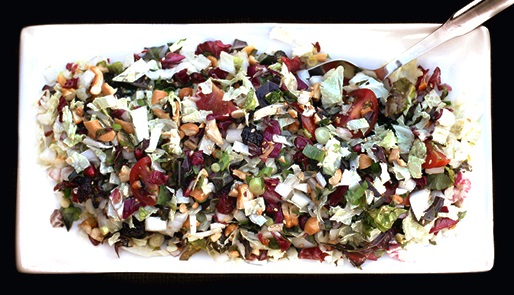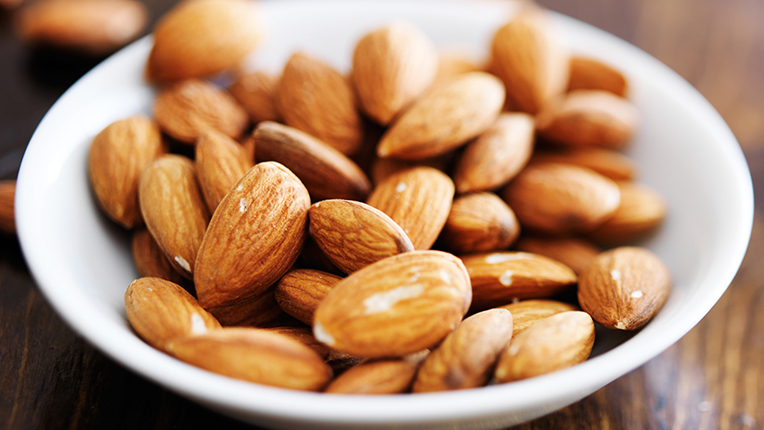
Winter Chopped Salad with Sesame Vinaigrette
Colorful vegetables tossed together with fresh mint, toasted cashews, and dried fruit give this salad a pop of all the right things! If you feel like you need an immune boost, this recipe is for you.

Colorful vegetables tossed together with fresh mint, toasted cashews, and dried fruit give this salad a pop of all the right things! If you feel like you need an immune boost, this recipe is for you.

Research shows that when comparing dietary patterns that work for weight management, there is one commonality: they emphasize whole foods and include lots of plants.

Making smart nutrition choices starts with an understanding of the basics.

While much focus in health-related media is placed on combating obesity, being underweight is also considered unhealthy.

The workplace can be one of the biggest saboteurs of eating healthy. It’s where many of us spend the majority of our days, and from working lunches, office candy jars, and celebrations, it’s easy for unwanted calories to sneak in without even realizing it. Pair that with a sedentary desk job and you have a recipe for packing on extra pounds.

Portion sizes have quadrupled in the past 50 years, and it’s not because we need to eat more.

For most, achieving and maintaining a healthy weight involves lifestyle modifications of healthy eating, physical activity, and behavior changes such as managing stress and getting enough sleep.

Learning to cook with herbs and spices not only expands your culinary repertoire, it’s also a great way to boost flavor without adding salt.

The average American adult consumes 22 teaspoons of added sugar per day, which translates into almost 300 extra calories. Most of this sugar comes from soda and other sweetened beverages. So how much is too much?

From holiday parties and family celebrations to shopping trips and end-of-semester traditions, the six weeks between Thanksgiving and New Year’s can feel like one marathon celebration. Pair that with all of the tempting holiday foods and drinks that are everywhere you turn, and it’s easy to see how the average American gains between one to five pounds during the holiday season – many of which unfortunately will stick around after the ball drops on New Year’s Eve.

It has been well established that plant foods are part of a healthy diet.